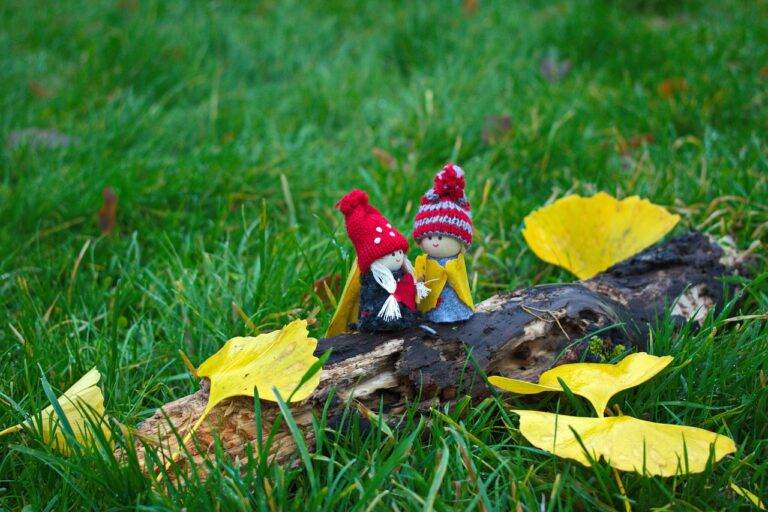The Art of Urban Foraging: Discovering Wild Edibles in the City
Urban foraging offers a plethora of benefits for both individuals and communities. By engaging in this practice, people can connect with nature in the midst of urban landscapes, fostering a sense of mindfulness and appreciation for the environment. Additionally, urban foraging promotes sustainability by reducing food waste and the reliance on commercially grown produce.
Furthermore, incorporating wild edibles into one’s diet through urban foraging can lead to a more diverse and nutrient-rich food consumption. Wild plants often contain higher concentrations of vitamins, minerals, and antioxidants compared to cultivated crops, offering a natural and healthy alternative for foragers. In addition to the nutritional benefits, foraging can also be a cost-effective way to supplement one’s diet with fresh and organic foods.
Identifying Safe and Edible Plants
When foraging for wild edibles in urban areas, it is crucial to accurately identify which plants are safe for consumption. To do so, it is recommended to research and familiarize oneself with common edible plants that grow in urban environments. Field guides and online resources can be valuable tools in learning to distinguish between edible plants and toxic look-alikes.
One key aspect of safely identifying edible plants is paying attention to the physical characteristics of the plant, such as the shape and color of leaves, the presence of thorns or hairs, and the overall growth pattern. It is also important to consider the habitat in which the plant is growing, as certain environments may indicate whether a plant is likely safe to eat. Prior to consuming any wild edible plant, always cross-reference your findings with multiple sources to ensure accuracy.
Where to Find Wild Edibles in Urban Areas
Urban areas are surprisingly abundant with wild edibles waiting to be discovered. Parks, green spaces, and abandoned lots often harbor a variety of edible plants such as dandelions, chickweed, and purslane. These areas provide a fertile ground for urban foragers to find fresh, nutritious ingredients right in the heart of the city.
Additionally, urban neighborhoods with fruit trees lining the streets are a goldmine for those looking to gather fresh produce. Apples, pears, plums, and figs are just some of the fruits that can be found in these urban settings, offering a delicious and sustainable alternative to store-bought options. By exploring these urban spaces mindfully and respectfully, foragers can connect with their environment and enjoy the many benefits of urban foraging.





